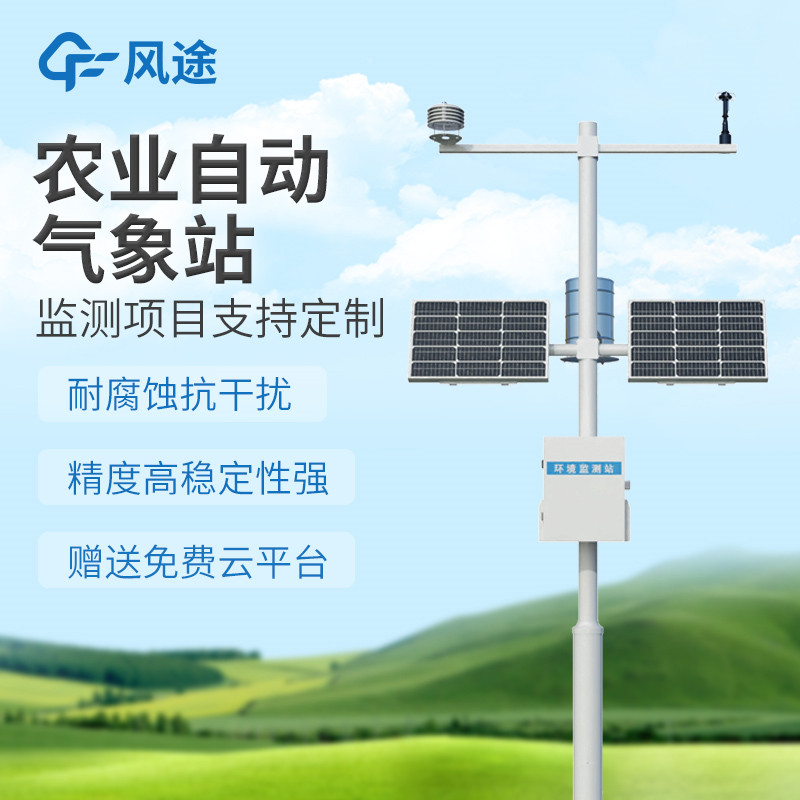The robust growth of persimmon seedlings is highly sensitive to meteorological conditions, and a suitable meteorological environment is crucial for cultivating high-quality persimmon seedlings.
Temperature Requirements
Persimmon seedlings thrive in warm climates. Typically, the annual average temperature should be maintained above 13°C, with an annual effective accumulated temperature (≥10°C) exceeding 5000°C. During their growth period, the average temperature must stay above 17°C. Notably, September and October are critical: the optimal average temperature in September is 21–23°C, and in October, 16–18°C. This is because temperatures during September–October significantly impact the natural astringency removal and quality formation of persimmon fruits. If temperatures are too low during this period, fruits will struggle to lose astringency naturally; if too high, they may exhibit poor coloration and coarse flesh. Additionally, persimmon seedlings have weak cold tolerance and are highly susceptible to frost damage when winter temperatures drop below -15°C.
Light Requirements
Persimmons are light-loving trees, and adequate sunlight is essential for their growth. During the seedling growth period, the sunshine duration should exceed 1400 hours. Sufficient light promotes robust photosynthesis, providing abundant energy for plant growth, stronger stems, and lush leaves. During fruit ripening, sunny and dry weather facilitates sugar accumulation and natural astringency removal, enhancing fruit quality and taste.
Precipitation Requirements
An annual rainfall of 700–1200 mm is ideal. In the early growth stage, persimmon seedlings require substantial water to support rapid development, while relatively dry conditions are preferred during late-stage fruit development. Excessive rainfall during the flowering period can trigger flower and fruit drop and induce diseases. Prolonged high temperatures and drought in August–September may lead to fruit shedding.
Role of Automatic Farmland Weather Stations
To precisely monitor these meteorological conditions, persimmon seedling farms install Automatic Farmland Weather Stations. These devices continuously track key meteorological parameters, including air temperature, humidity, light intensity, and rainfall. Data collected by sensors are processed and stored by a data logger, then transmitted in real time to growers’ terminals via communication modules. When parameters deviate from the optimal range for persimmon seedlings, the system issues timely alerts. For example, it prompts growers to implement warming measures when temperatures drop too low, adjust planting density or prune branches to increase light penetration during low-light periods, and optimize irrigation or drainage during abnormal rainfall. By leveraging Automatic Farmland Weather Stations, growers can create a scientifically optimized growth environment for persimmon seedlings, effectively improving seedling quality and yield.

Article address:https://www.sqqx.net/en/news/666.html

 +86 15898932201
+86 15898932201



